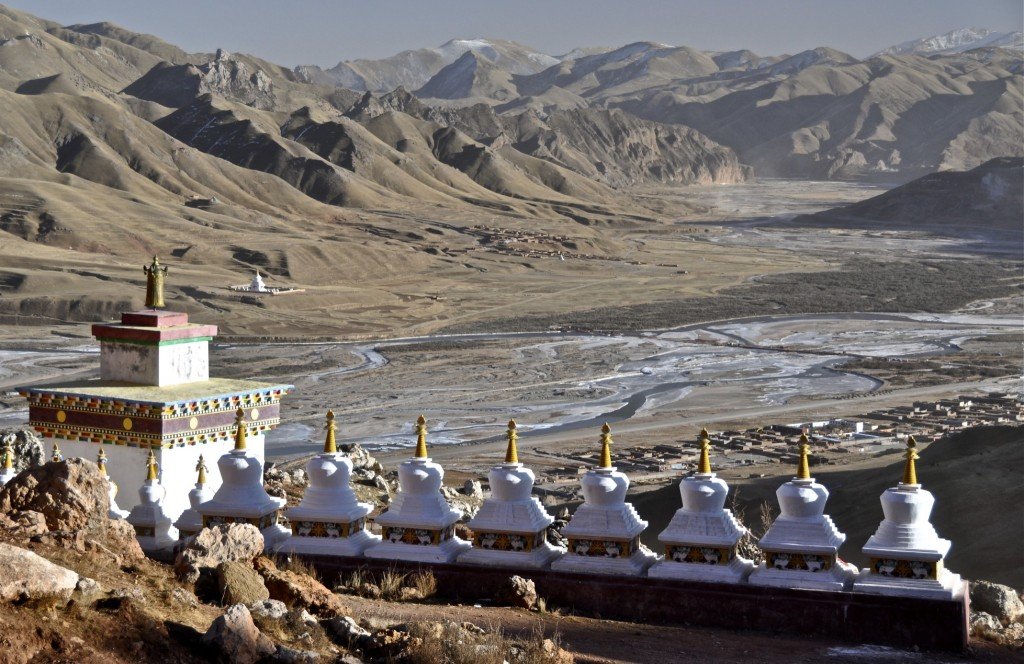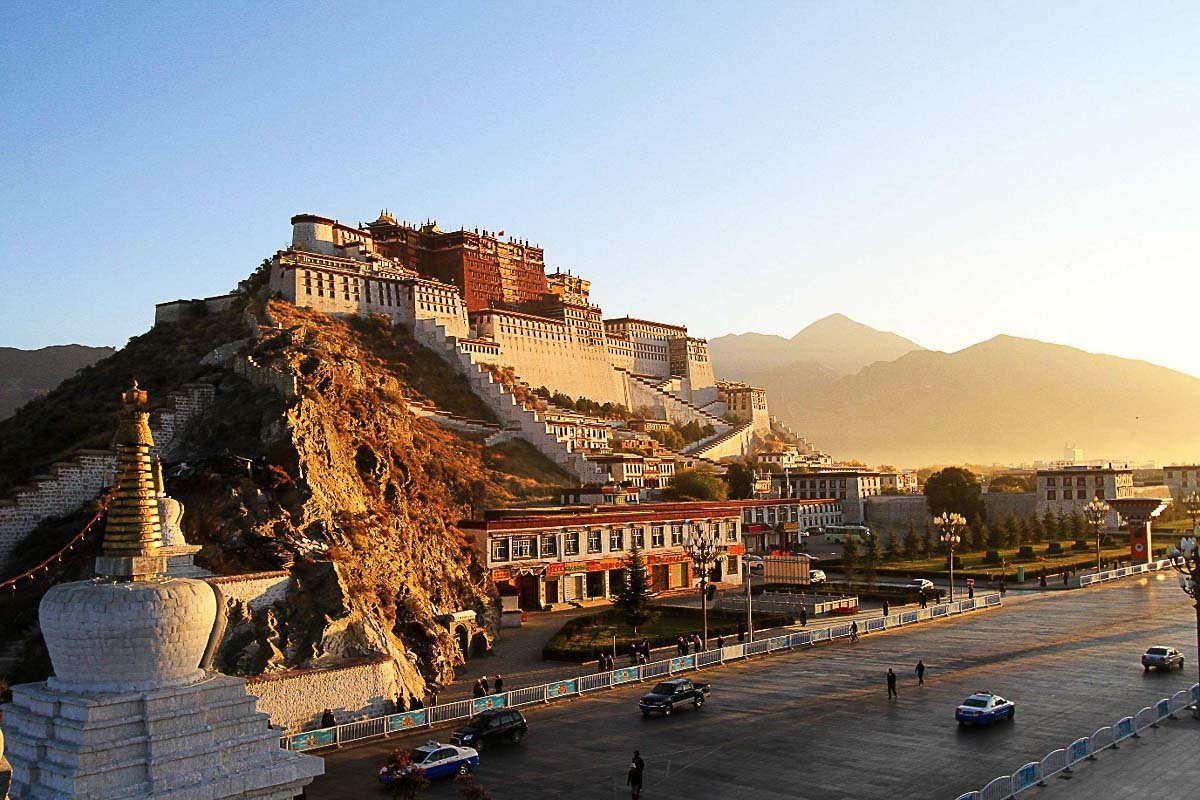Planning Your Trip: When Is The Best Time To Travel To Tibet?

Tibet, a captivating land of spiritual significance and breathtaking landscapes, beckons travelers with its unique allure. However, when planning a trip to this mesmerizing region, it’s essential to consider the best time to travel to ensure an optimal experience.

Spring (March-May):

Spring in Tibet is a season of warmth and vibrancy, with wildflowers blooming in a kaleidoscope of colors. The weather is generally pleasant, with clear skies and occasional rain showers. This time of year is ideal for trekking amidst nature’s awakening and observing Tibetan Buddhism’s vibrant customs during the Saga Dawa festival. However, it’s worth noting that access to certain mountain passes may still be closed due to snow.
Summer (June-August):
Summer brings with it clear skies and warm temperatures. This is the prime time for trekking and mountain climbing, as the passes are generally open and the trails are accessible. However, summer coincides with peak tourist season, meaning higher crowds and potentially higher accommodation costs. It’s also advisable to be prepared for occasional afternoon thunderstorms.
Autumn (September-November):
Autumn in Tibet presents a tranquil beauty with vibrant autumn foliage painting the landscape. With fewer crowds than in summer, this time of year offers a more intimate and authentic experience. The weather is still generally favorable, although nights can get chilly. It’s an excellent time to visit monasteries and enjoy the stunning panorama from high altitudes.
Winter (December-February):
Winter transforms Tibet into a winter wonderland, with snow-capped peaks and pristine landscapes. While it can be bitterly cold, winter offers the opportunity to experience Tibetan festivals and immerse oneself in their unique cultural traditions. However, it’s important to prepare for extreme cold, reduced accessibility to certain areas, and closed road conditions during snowy periods.
Consider Your Interests:
When choosing the best time to travel to Tibet, consider your primary interests. If trekking and mountaineering are high on your agenda, summer or spring would be ideal. For a more cultural experience and to avoid crowds, autumn offers a perfect balance. And if you’re drawn to Tibetan festivals and snow-bound landscapes, winter may be your preferred season.
Other Tips:
- Obtain a valid Tibet Travel Permit well in advance.
- Be prepared for high altitudes and altitude sickness.
- Respect the local Tibetan culture and traditions.
- Learn a few basic Tibetan phrases to enhance your interactions.
- Be flexible with your itinerary, as weather conditions can be unpredictable.## Planning Your Trip: When Is The Best Time To Travel To Tibet?
Executive Summary
Tibet, a land of captivating beauty and rich cultural heritage, offers an unforgettable travel experience like no other. Determining the optimal time to visit this enigmatic region is crucial to maximizing your experience and ensuring a fulfilling journey. By understanding Tibet’s unique weather patterns, festivals, and seasonal variations, you can plan your trip to align with the best possible conditions and create memories that will last a lifetime.
Introduction
Embark on an extraordinary adventure to the heart of the Himalayas, where the mystique of Tibet awaits your discovery. From its majestic mountains to its vibrant monasteries, Tibet is a land that captivates the senses and invites deep cultural immersion. Planning your trip to Tibet requires careful consideration, and one of the most important factors to account for is the timing of your visit.
Best Time to Visit Tibet
The best time to travel to Tibet largely depends on your interests and preferences. However, there are certain seasons that offer distinct advantages for different types of experiences.
1. Spring (March to May)
- Pros: Mild temperatures, blooming flowers, fewer crowds
- Important Considerations:
- Mild snowfall is still possible in March
- The altitude can cause altitude sickness, so acclimatization is essential
- Some trekking routes may be closed due to snow
2. Summer (June to August)
- Pros: Warm weather, clear skies, ideal for trekking and photography
- Important Considerations:
- Peak tourist season, with larger crowds
- High altitude and strong sunlight can pose health risks
- Monsoon rains can occur in late summer, affecting visibility and travel plans
3. Autumn (September to November)
- Pros: Pleasant temperatures, stunning autumn foliage, fewer tourists
- Important Considerations:
- Nights can be cold, so pack warm clothing
- Dry season, but occasional snowfall is possible
- Festival season brings thousands of pilgrims to Lhasa
4. Winter (December to February)
- Pros: Snowy landscapes, cultural festivals, low season discounts
- Important Considerations:
- Extremely cold temperatures and heavy snowfall can make travel difficult
- Limited trekking options due to snow and ice
- Tibet is closed to foreign tourists during the Tibetan New Year (February)
5. Festivals and Events
- Losar (Tibetan New Year): Celebrated in February, this is the most important festival in Tibet, involving colorful ceremonies, dancing, and feasts.
- Shoton Festival: Held in August, this festival showcases traditional Tibetan opera, dance, and archery competitions.
- Saga Dawa Festival: Celebrated in June, this pilgrimage festival draws thousands to Mount Kailash for a sacred circumambulation.
Conclusion
Tibet offers an unparalleled travel experience that transcends time and transports you to a world of ancient traditions, breathtaking vistas, and profound spirituality. By carefully selecting the time of your visit based on your interests and preferences, you can immerse yourself in the heart of this extraordinary region and create an unforgettable journey that will leave an everlasting mark on your soul.
Keyword Phrase Tags
- Best Time to Visit Tibet
- Planning Tibet Trip
- Tibetan Festivals
- Tibet Weather
- Seasons in Tibet